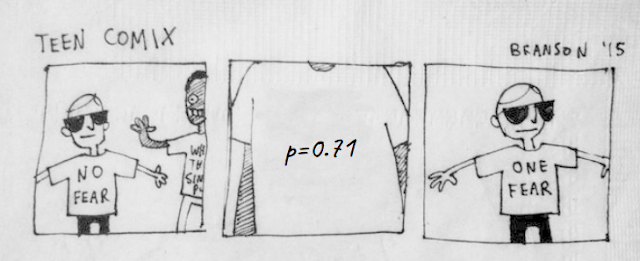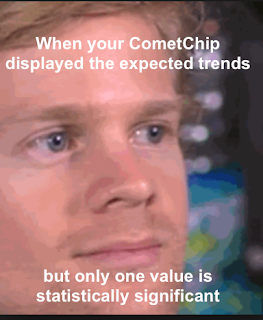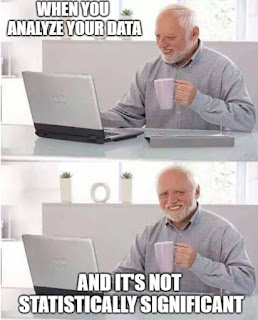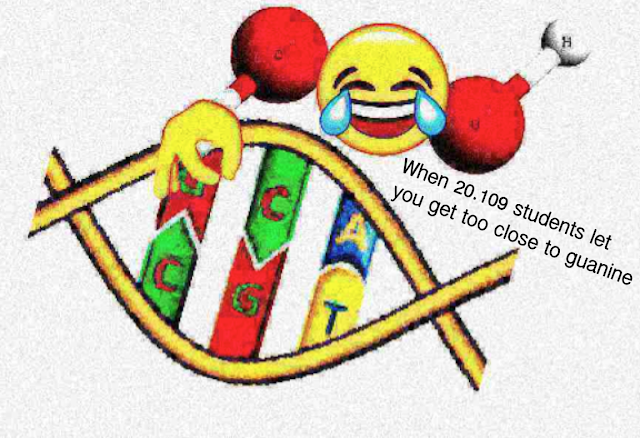Bad Data, Slightly Better Writing

For some crazy reason, I had the notion that bench work would be more predictable than all the animal work I've done over the past two years. Boy, I was so wrong. I don't think I've ever seen such ugly error bars, not to mention, class data was all over the place. After letting go of my dream of getting pretty data (or at least data that I would expect), I had to face the reality of Mod1-- having to write about my ugly data. Writing has never been my strong suit, but writing about something I had no clue about until a month prior? A completely different challenge. I've found that it's personally easier to talk about my research than try to put it into words. There were so many times that I opened up the TR Team Yellow-Blue-Pink Data Summary, looked at it, and could feel all of my thoughts rush out of my head. I found some inspiration in creating figures; I spent a few painstaking hours making a CometChip schematic. Eye pain aside, it was actually... rewarding. An...




